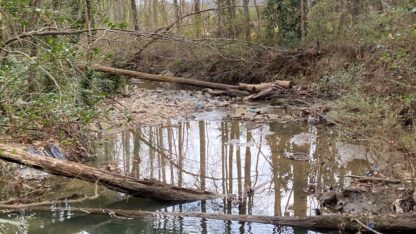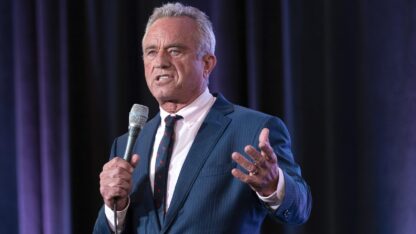State legislators are looking at strengthening Georgia law on lead exposure in children. There’s no safe level of lead exposure for kids, according to the Centers for Disease Control and Prevention, and the state’s law regarding when to intervene when a child tests for high lead levels lags behind federal guidelines.
Children who are exposed to lead can end up with lifelong challenges. It affects their brains and nervous systems and can cause learning and behavior issues.
CDC recommends that if a child has high enough levels in their blood, that there be a follow-up, for instance, to find and remove sources of lead in the child’s home. That threshold is 3.5 micrograms of lead per deciliter of blood. It was lowered last year, from 5 micrograms.
Georgia law doesn’t require intervention until a child’s blood lead level hits 15 micrograms per deciliter of blood.
State Rep. Katie Dempsey, a Republican from Rome, said that means there are Georgia children who are missing out on that intervention.
“So missing a population of children that have been exposed is our challenge right now,” she said at a committee hearing this week. “This also prevents the state from pursuing enforcement against landlords, until the blood lead level reaches this level.”
Dempsey is sponsoring a bill that would bring Georgia in line with the federal guidelines.
Children can be exposed to lead from paint in old houses, lead pipes and some toys and cosmetics. They can also be exposed if it’s collected in the ground where they play.
At the hearing, Dempsey pointed out that there’s a federal Superfund site just a couple miles from the state Capital. So much lead has been found in people’s yards in the Atlanta neighborhoods of English Avenue and Vine City, the U.S. Environmental Protection Agency is removing and replacing their soil.
“Pervasive problems exist,” Dempsey said.
Dempsey’s bill passed out of committee.
Meanwhile, the Biden Administration is also working on its approach to lead, developing a plan to reduce kids’ exposures and to find and work with communities that are affected by high lead levels.








